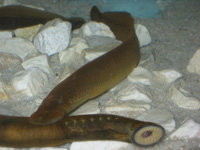Subconscious mental categories help brain sort through everyday experiences
Your brain knows it’s time to cook when the stove is on, and the food and pots are out. When you rush away to calm a crying child, though, cooking is over and it’s time to be a parent. Your brain processes and responds to these occurrences as distinct, unrelated events.
But it remains unclear exactly how the brain breaks such experiences into “events,” or the related groups that help us mentally organize the day’s many situations. A dominant concept of event-perception known as prediction error says that our brain draws a line between the end of one event and the start of another when things take an unexpected turn (such as a suddenly distraught child). (more…)

